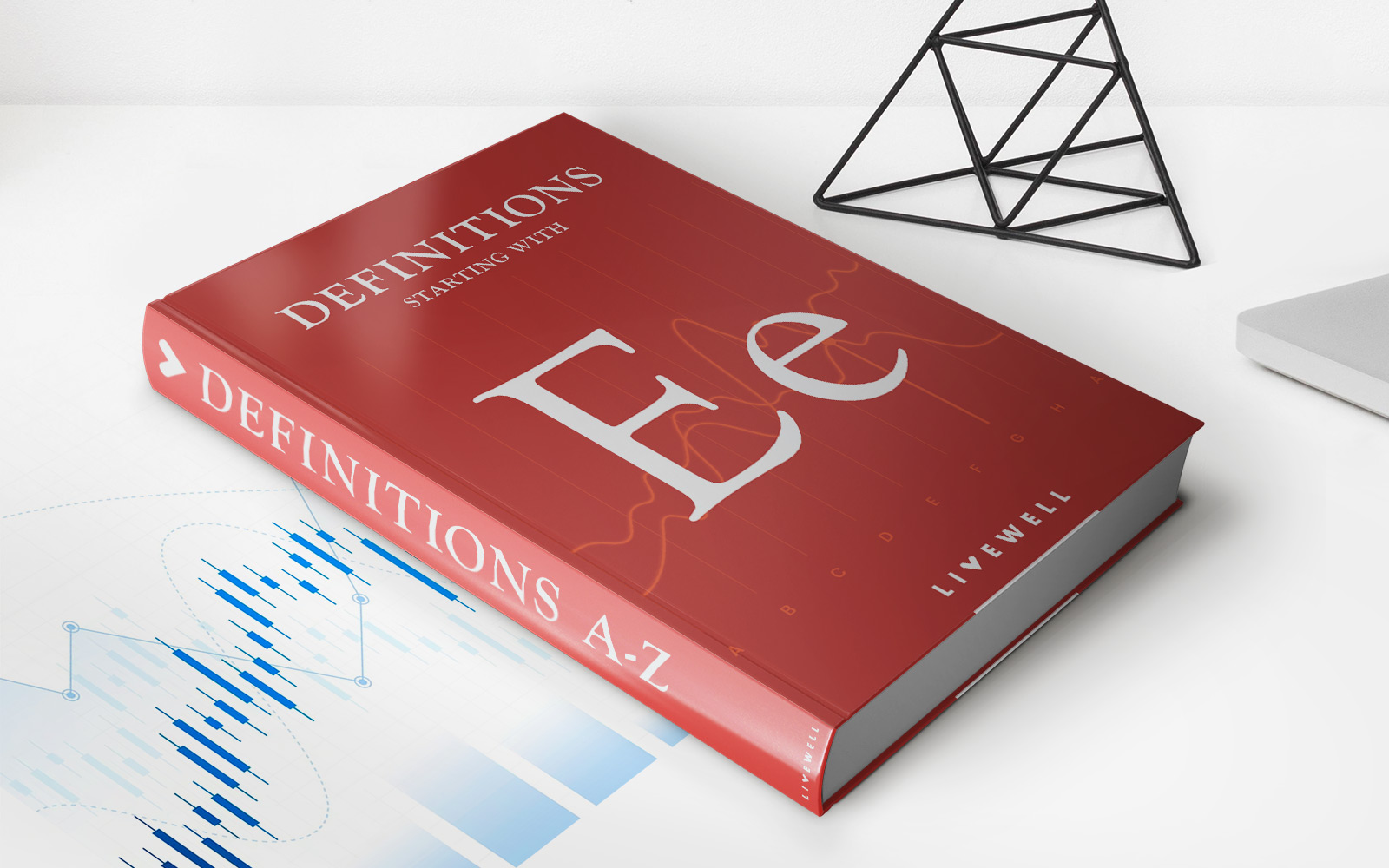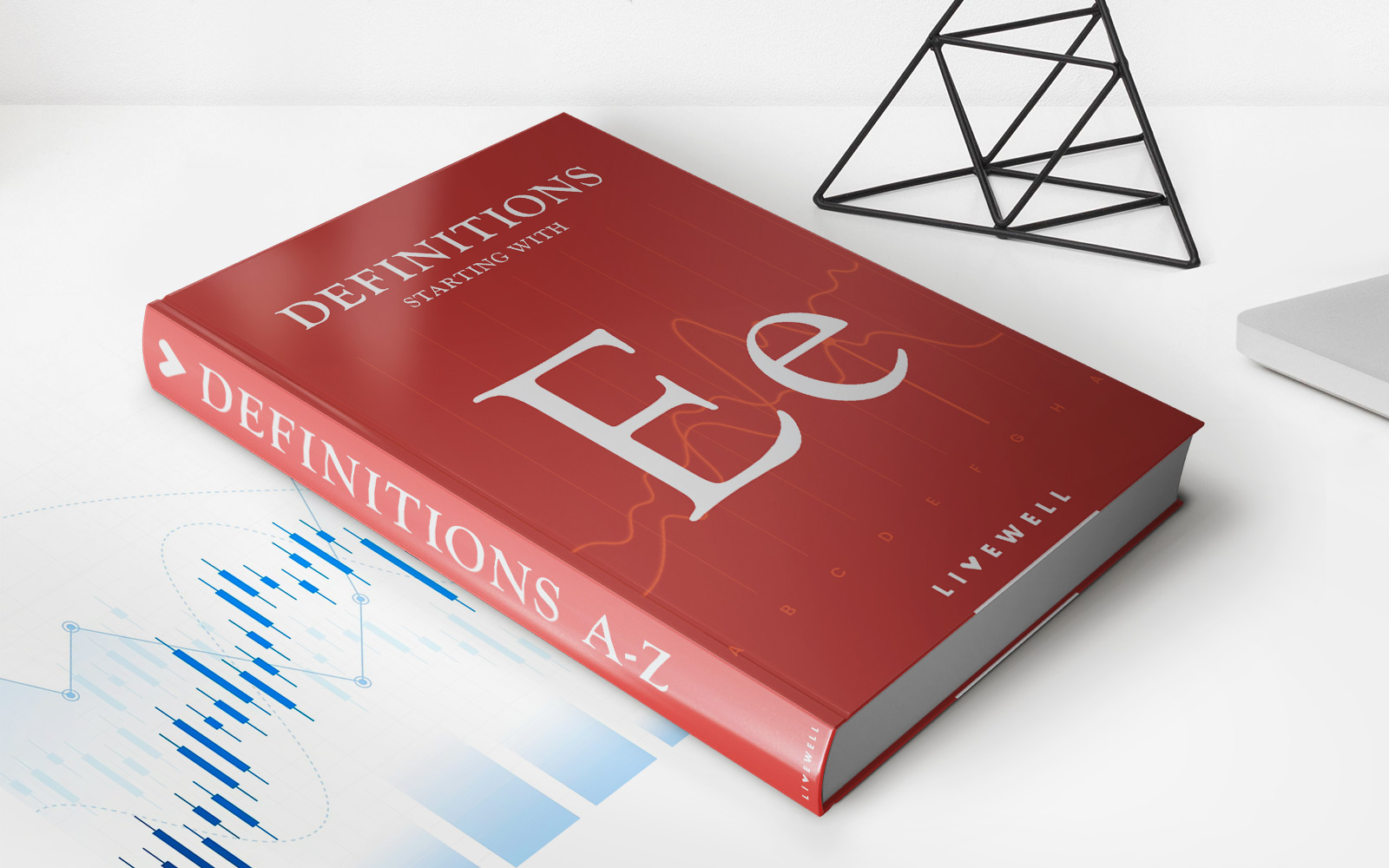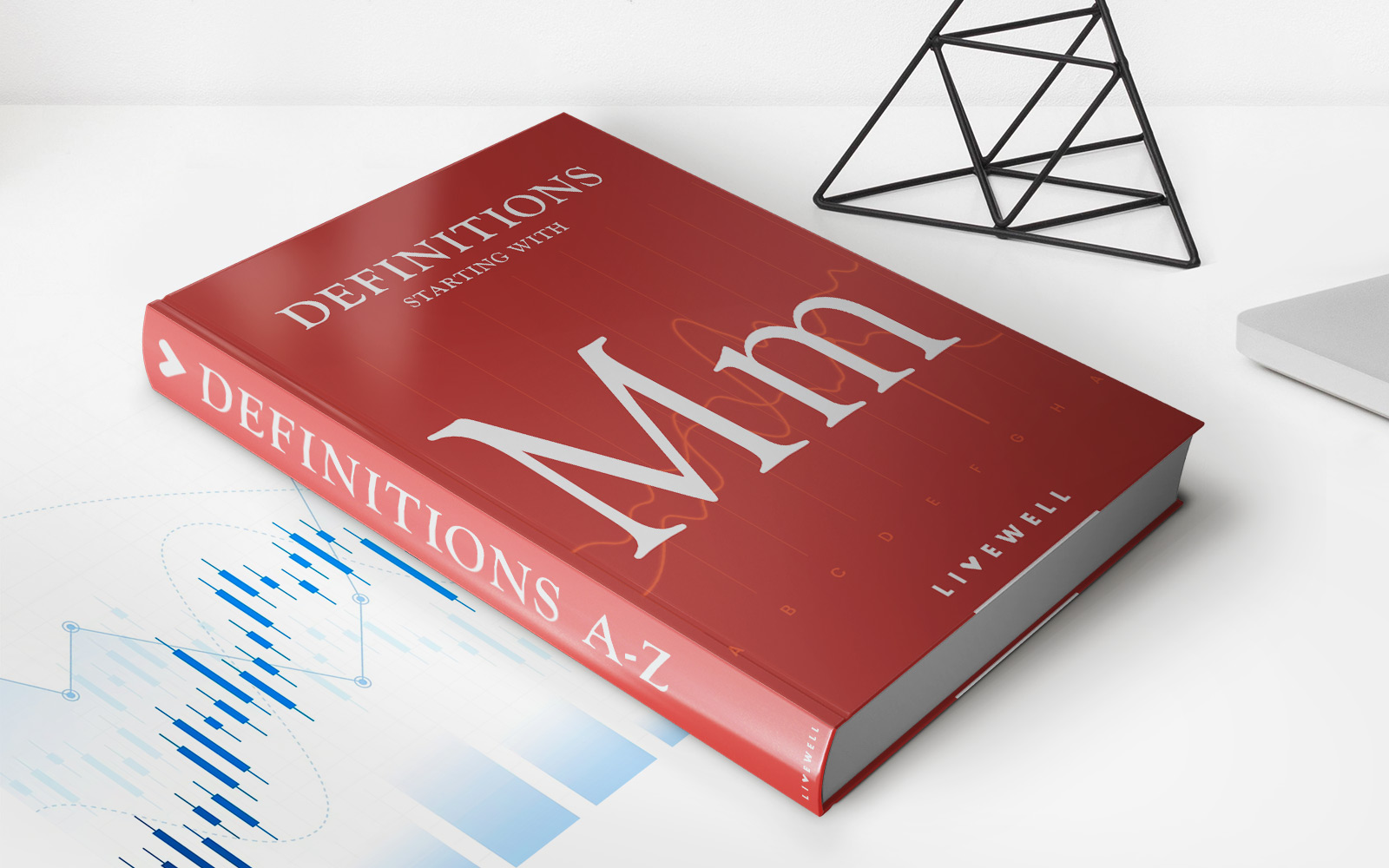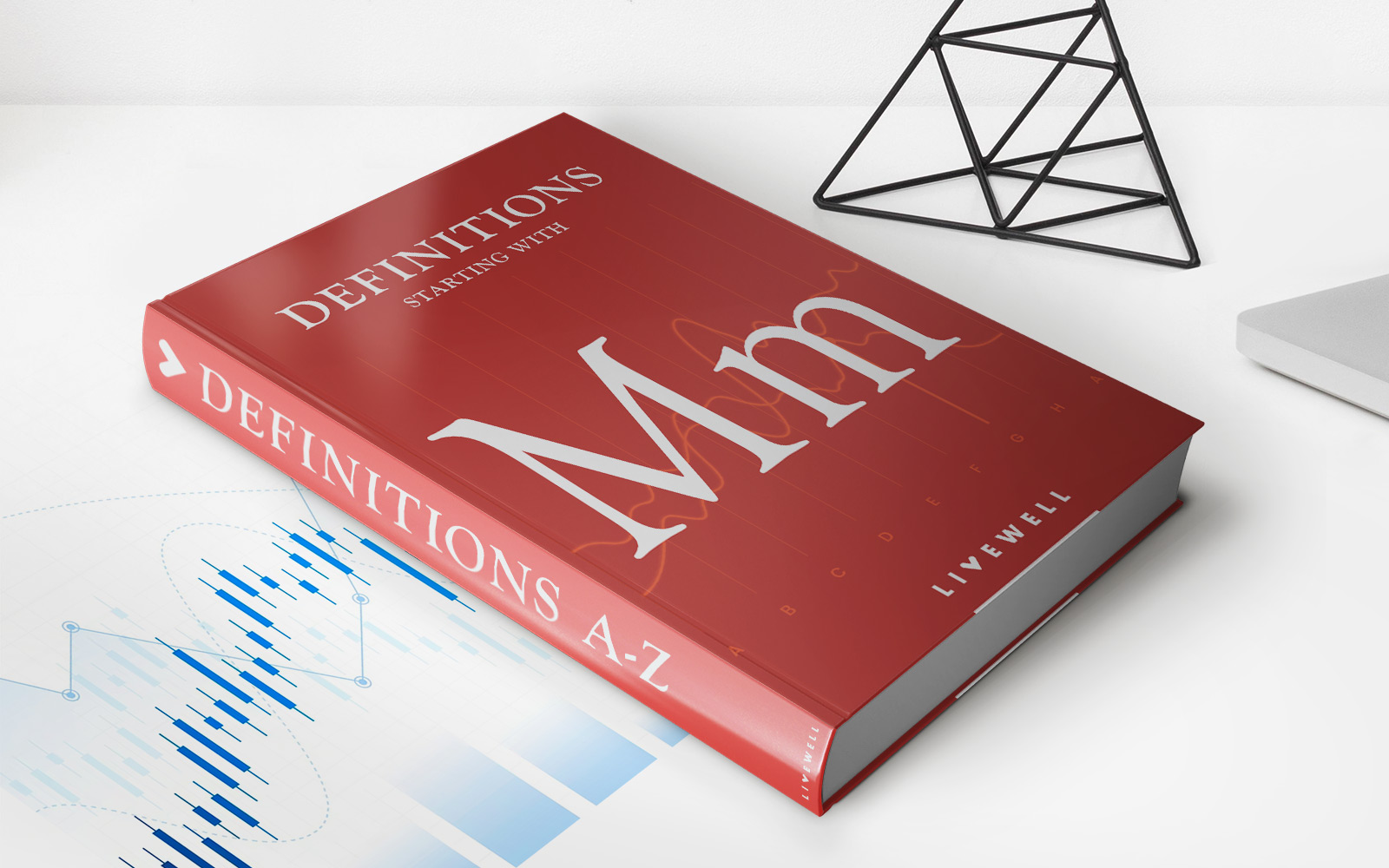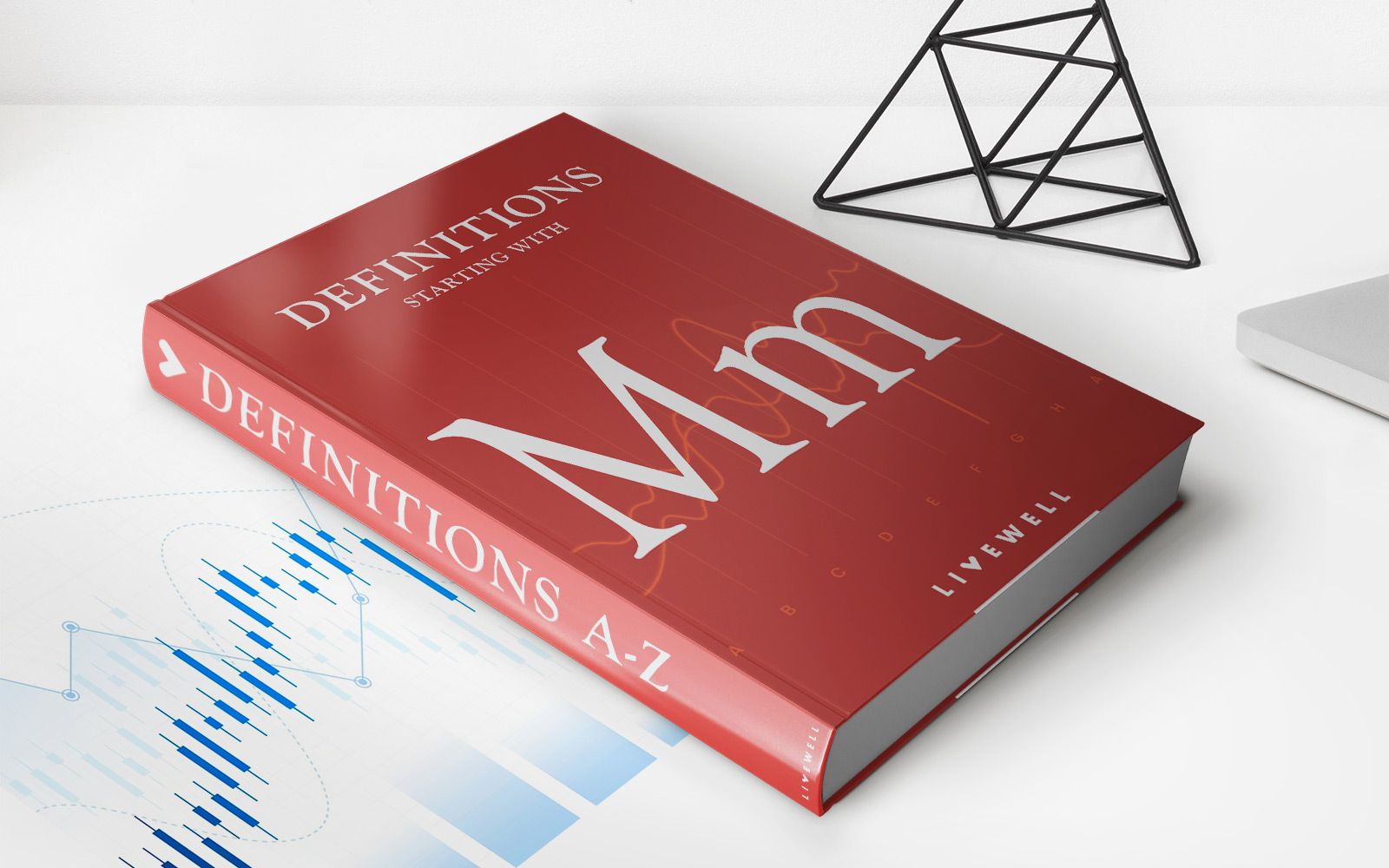

Finance
Escrowed To Maturity Definition
Published: November 19, 2023
Learn the definition of "Escrowed to Maturity" in the world of finance. Discover how this financial concept can help you manage risk and ensure secure transactions.
(Many of the links in this article redirect to a specific reviewed product. Your purchase of these products through affiliate links helps to generate commission for LiveWell, at no extra cost. Learn more)
Understanding Escrowed to Maturity (ETM) Definition in Finance
Finance is a vast field with various terms and concepts that can sometimes be puzzling. Today, we are delving into the world of escrowed to maturity (ETM) and shedding light on what it entails. So, what exactly is the meaning of escrowed to maturity? Let’s find out.
Key Takeaways:
- Escrowed to maturity (ETM) is a financial arrangement where the proceeds from a bond issuance are invested in a separate escrow account until the bonds reach their maturity date.
- This practice allows issuers to deliver more secure and attractive bonds to investors by guaranteeing the availability of funds to repay the bondholders.
Escrowed to maturity, commonly abbreviated as ETM, is a financial arrangement frequently used in the bond market. When a bond is issued, the funds raised from investors are placed into an escrow account, where they are held until the bond matures. The concept behind ETM is to provide assurance to bondholders that the funds needed to repay them will be available when the bonds reach their maturity date.
Now, you might be wondering, why would an issuer use an escrowed to maturity arrangement? The answer lies in the perceived reduction of risk. By segregating the bond proceeds into an escrow account, the issuer ensures that the funds are safeguarded for their intended purpose, i.e., repaying bondholders. This practice gives the investors greater confidence in the bond’s repayment capability, making the investment more attractive.
Escrowed to maturity arrangements are commonly seen in municipal bond issuances, where the funds raised are used for specific projects such as infrastructure development, education, or healthcare. Investors are more inclined to invest in such bonds when they know their investment is backed by secure funds held in escrow until maturity.
Additionally, issuers may take advantage of the escrowed to maturity structure to obtain a more favorable credit rating, which lowers their borrowing costs. This happens because the escrow account acts as collateral, providing extra security to investors. Consequently, the issuer can potentially achieve a higher bond rating, resulting in reduced interest rates and increased demand for the bonds.
It’s important to note that escrowed to maturity arrangements are not limited to bonds alone. They can also be used in other financial transactions where a party needs to secure funds for a future obligation. The primary purpose is to mitigate risk and provide assurance to the counterparty involved in the transaction.
In conclusion, escrowed to maturity (ETM) is a financial mechanism that safeguards bond proceeds in an escrow account until the bonds reach their maturity date. By doing so, issuers can provide greater security to investors, leading to more attractive and lower-cost bonds. Whether in bonds or other financial transactions, ETM acts as a risk reducer and assures the availability of funds for future obligations.


